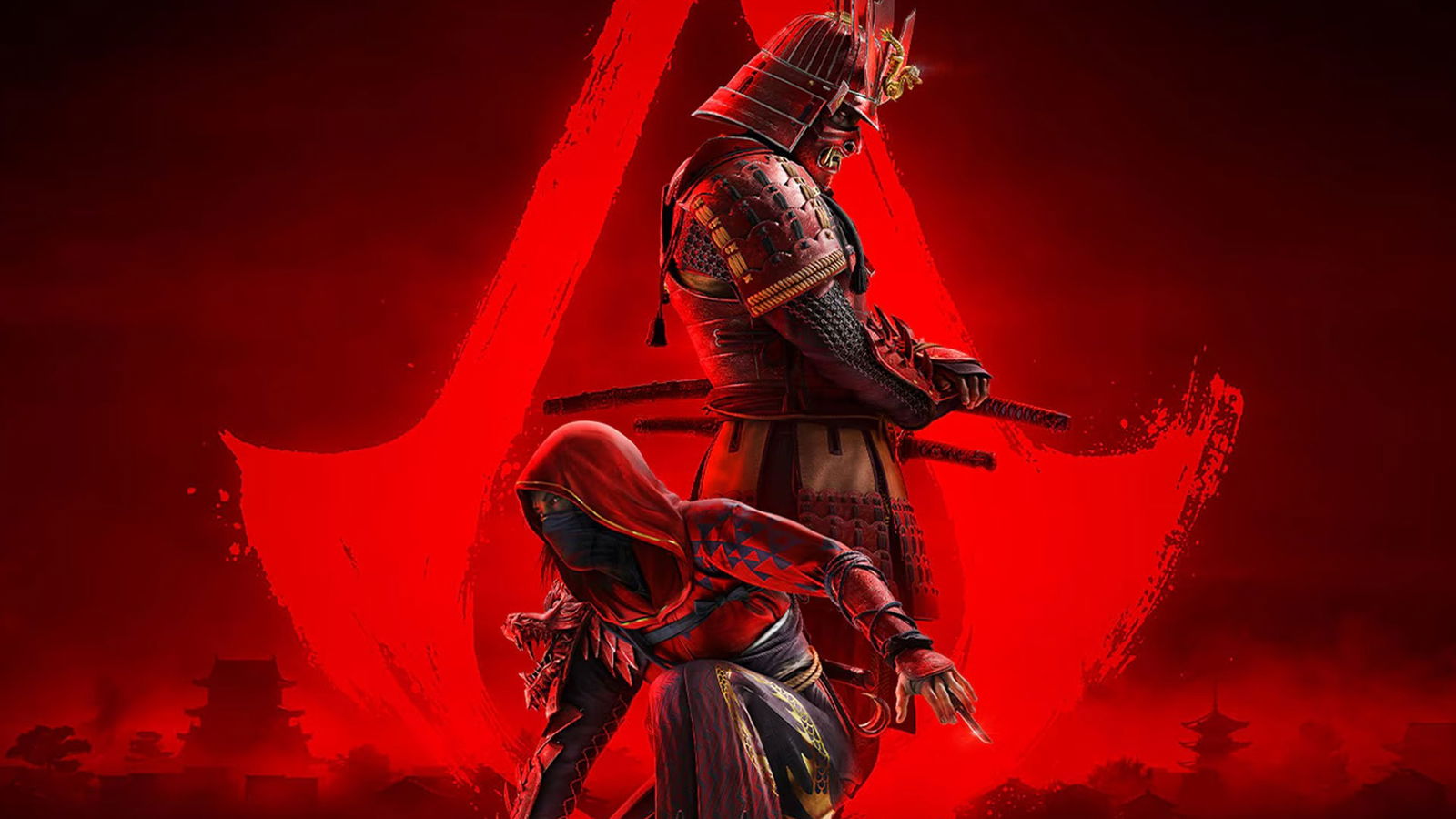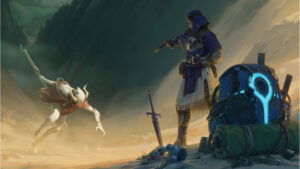When I first saw gameplay for Assassin’s Creed Shadows at Summer Game Fest in Los Angeles during a hands-off session, I was impressed. I have been playing Assassin’s Creed games since the first instalment hit shelves back in 2007 and have been a fan ever since. The concept of exploring history from the perspective of a trained assassin who must remain in the shadows, revealing their presence only when ready to strike, was captivating. The team at Ubisoft has only improved on the formula over the years.
However, with new games being released annually, I eventually drifted away from playing them at launch, opting instead to dive in when I had time. That said, Shadows felt fresh, and I was eager to learn more. Now that I’ve had some hands-on time with the game, I can see new concepts and ideas in Assassin’s Creed Shadows, all wrapped in a package that looks absolutely stunning. While I still have some questions ahead of the game’s release, Assassin’s Creed Shadows feels like the shot in the arm the franchise needs, and I can’t wait to play more.
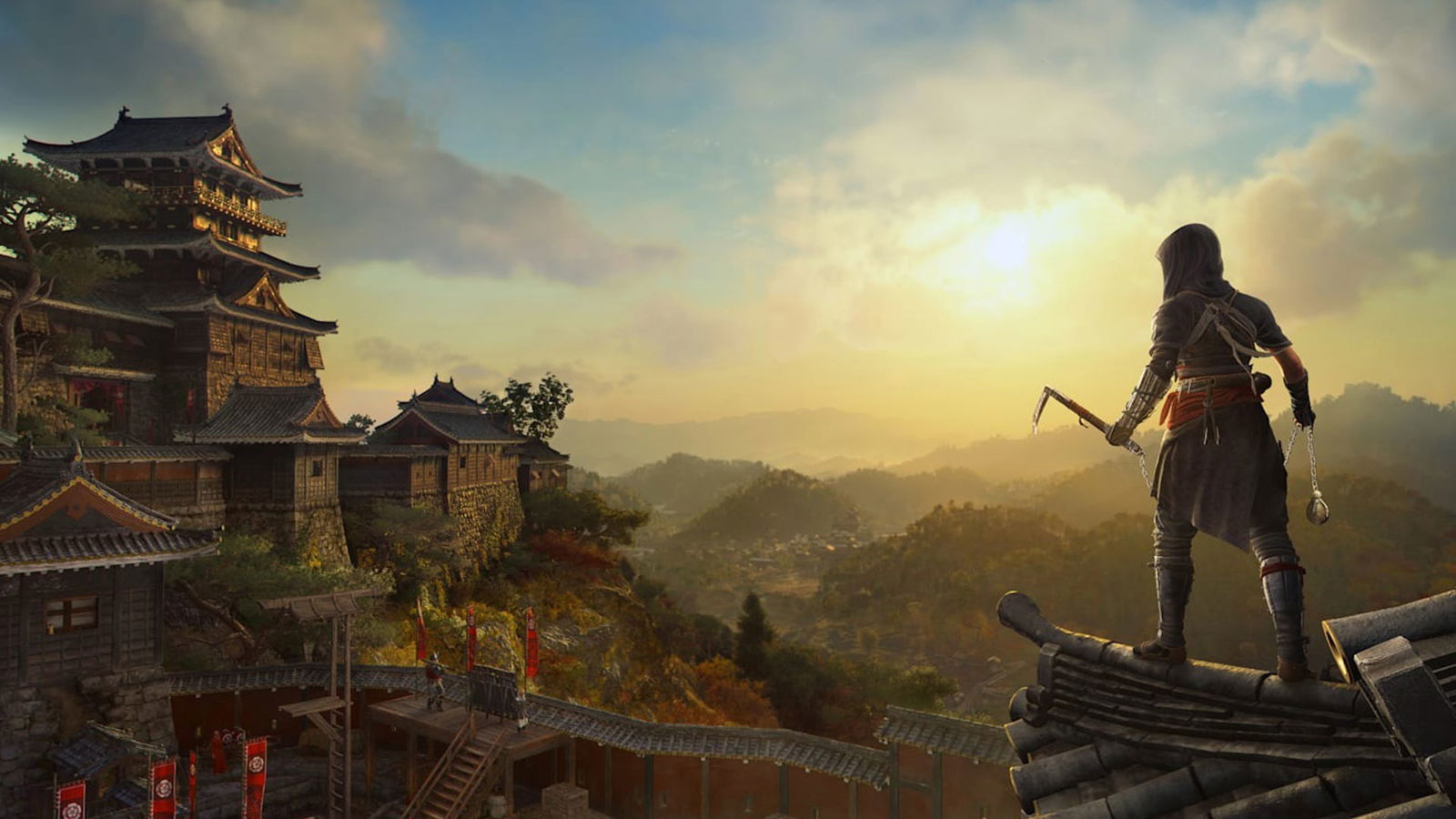
Assassin’s Creed Shadows takes players back to feudal Japan during the Azuchi-Momoyama period, a time marked by warring factions vying for control of the country. It is a tumultuous era, ripe for exploration and seemingly tailor-made for a story of betrayal, loyalty, and assassins. The lore of the franchise integrates seamlessly with the narrative opportunities presented by this historical period.
“I can see new concepts and ideas in Assassin’s Creed Shadows, all wrapped in a package that looks absolutely stunning.”
The game does an excellent job of laying out the landscape, giving players a clear understanding of the events unfolding, the key figures involved, and the stakes tied to every action taken in the game. I’m genuinely surprised it has taken the franchise this long to explore Japan, as the setting feels fitting on so many levels, especially given the built-in concepts it naturally introduces.
This brings me to one of the more controversial choices Ubisoft made for Assassin’s Creed Shadows: the inclusion of dual protagonists for players to explore. While most Assassin’s Creed games focus on a single character, offering the option to play as either the male or female version of that character, Shadows takes a different approach. Players can choose between Yasuke, an African-born samurai, and Naoe, a skilled Shinobi from Iga Province. On the surface, this choice might seem straightforward, but it significantly impacts gameplay, making missions feel vastly different, with distinct paths and tactics required for each character.
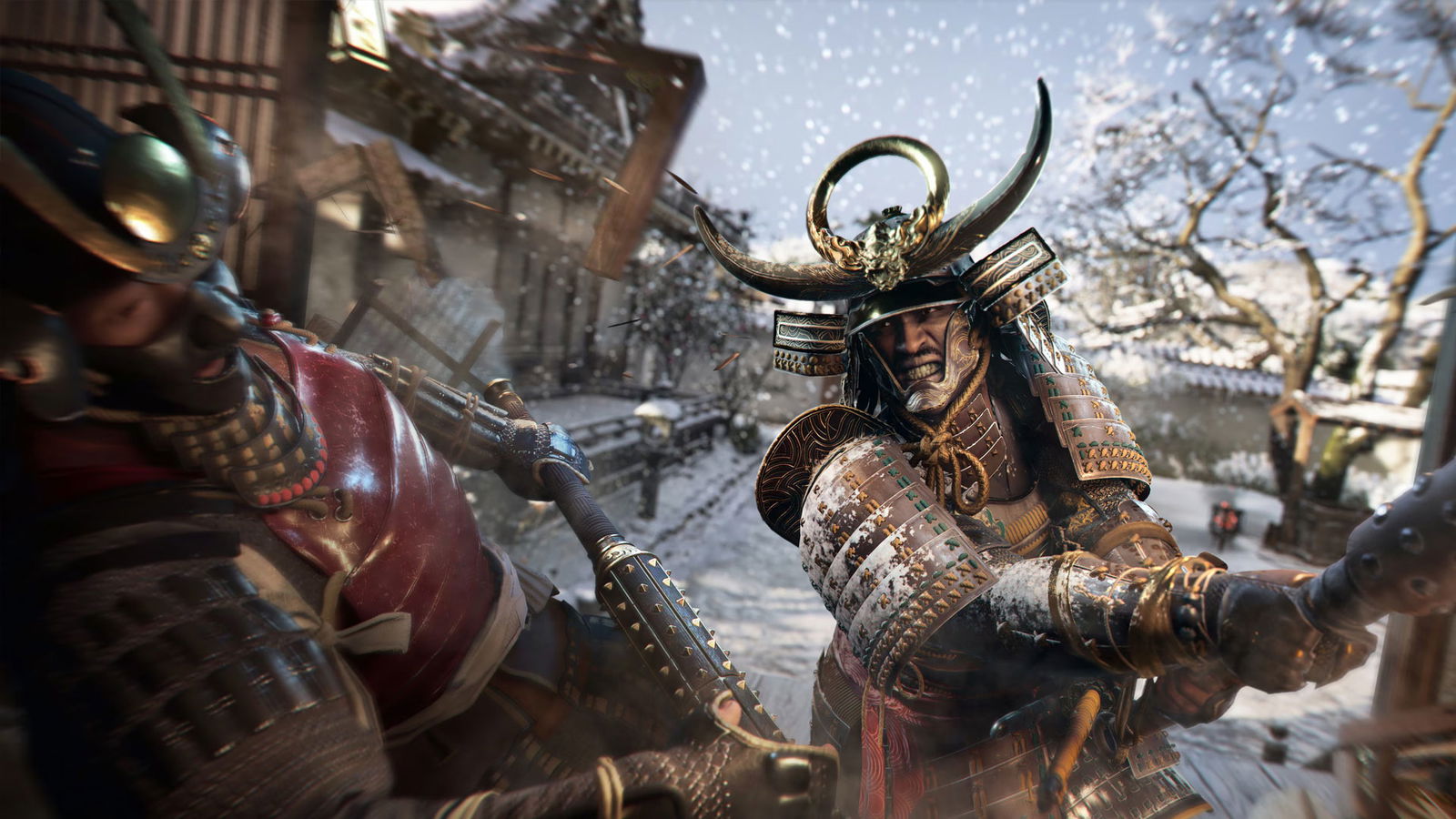
In past instalments, choosing between characters often had negligible effects on gameplay. However, Assassin’s Creed Shadows completely reinvents this by tailoring gameplay based on who you choose for a mission. Yasuke is an immensely powerful character, one of the most brutally efficient killers in the franchise to date. From the moment you pick up the controller, you feel his strength, and challenges that might have been daunting in previous instalments become significantly easier.
Yasuke wields a variety of weapons, and his attacks feel devastating. In earlier games, fighting multiple enemies simultaneously often led to a quick death screen. With Yasuke, that’s no longer the case, fundamentally altering the flow of combat and missions. His power makes players less cautious, turning stealth into more of an afterthought. Missions shift from carefully whittling down enemies one by one to a brutal onslaught, charging into frontal assaults and throwing caution to the wind.
This is contrasted with the more traditional Assassin’s Creed-style gameplay when you step into the shoes of Naoe. As anyone who has played past games in the series will attest, main characters in these games often die quickly when facing multiple enemies, with stealth being the safest way to handle such situations. This approach is very much the case with Naoe.
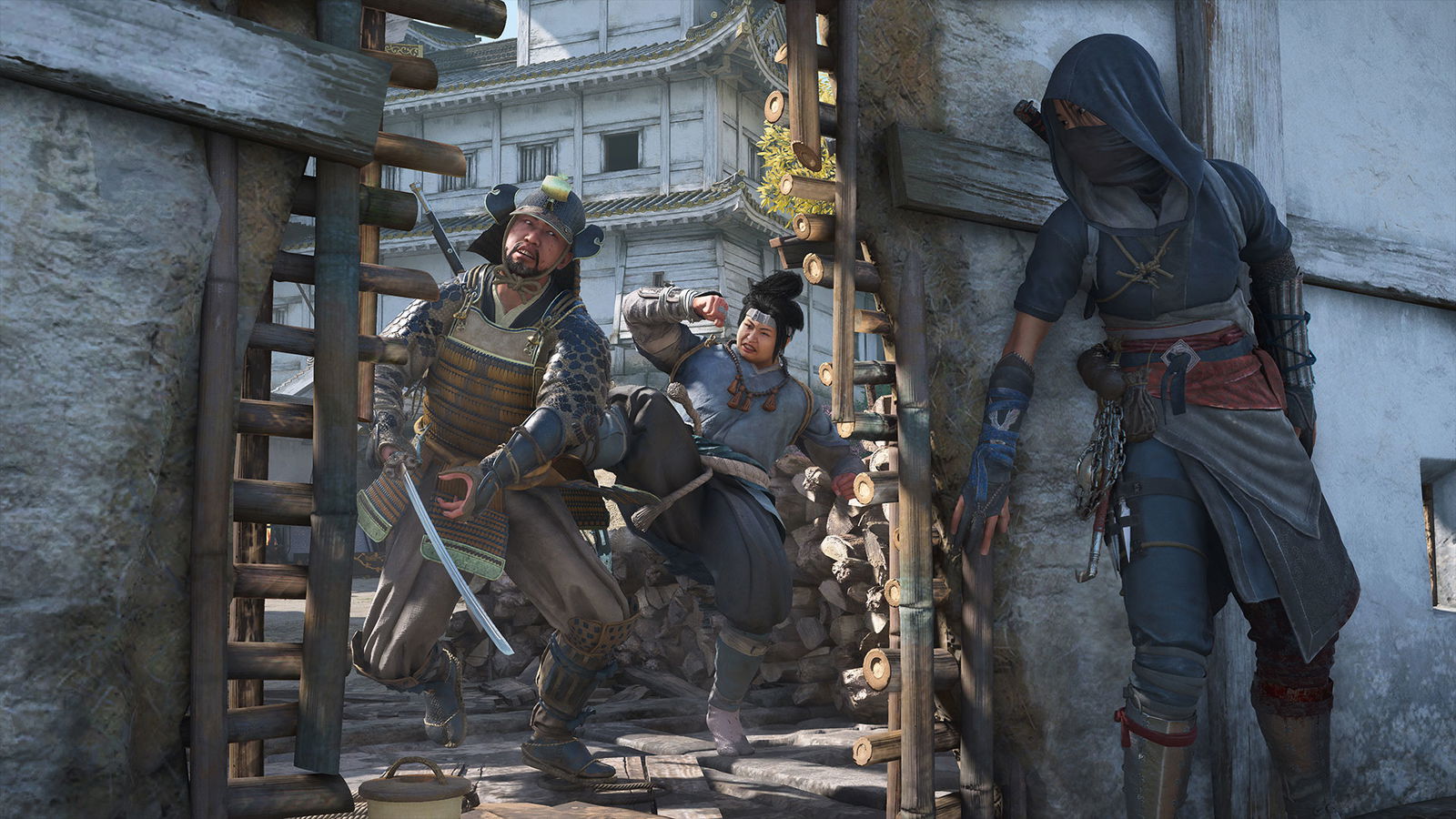
While Yasuke can take on multiple enemies at once and walk away relatively unscathed, playing as Naoe requires a more cautious approach. The game reinforces this point early, especially after switching characters, by pulling no punches and demonstrating just how vulnerable Naoe is. I often found myself entering situations where, as Yasuke, I would have no trouble, only to die repeatedly as Naoe. Progress required relying on tools, tricks, and careful planning to succeed.
Thankfully, as seen in past instalments of the franchise, Ubisoft has not forgotten the assassin-style weapons and accessories that make killing from the shadows both exciting and rewarding. While Yasuke focuses on weapons designed for direct assaults, Naoe is all about killing without being seen. Equipped with ninja stars, smoke bombs, a kusarigama, swords, and, of course, the hidden blade, you have a range of tools in your arsenal to take down enemies.
You can also call in assistance to distract or eliminate tougher adversaries standing in your way. Beyond that, Naoe is far more nimble compared to Yasuke, able to scale buildings, access hidden areas, and leap from rooftops to gain a different perspective on the battlefield. This dynamic helps balance the two protagonists, offering distinct approaches to gameplay. Both come with their own challenges, but each is enjoyable depending on your preferred play style.
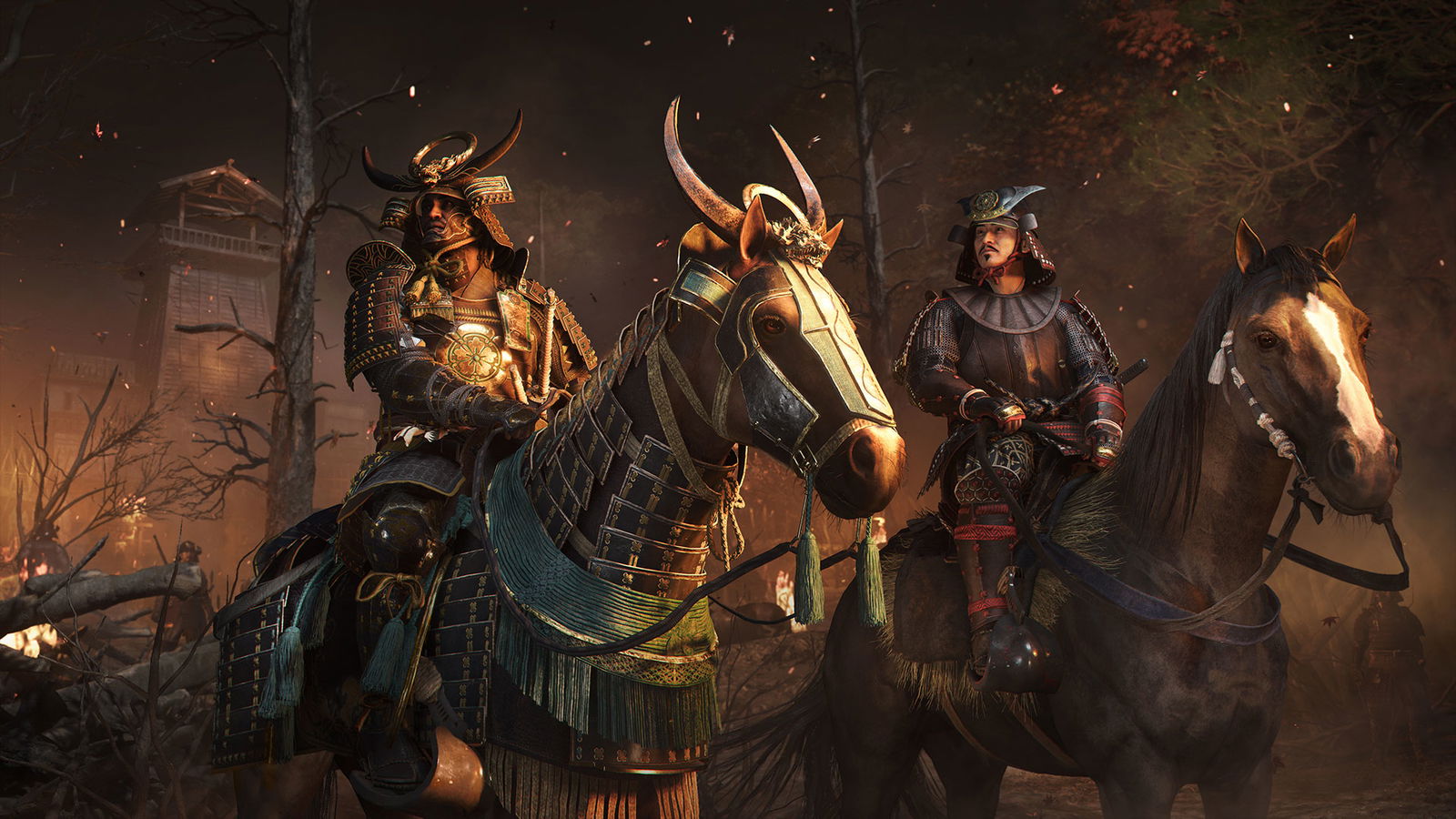
I had only a handful of hours with each character during my hands-on time with the game, but I was immediately struck by how distinct they feel. Each offers unique elements that are both fun and, as expected, challenging in this setting, which feels fresh and ripe for exploration.
This brings me to what is potentially the most exciting aspect of the game: the setting. As I mentioned, feudal Japan feels like a natural fit for the franchise and is something I’m surprised Ubisoft had not explored before now. The Assassin’s Creed concept has always seemed perfectly suited for a Japanese setting, and now that we have it with Shadows, I couldn’t be more excited.
The development team has done a fantastic job capturing the diverse locations and biomes found in the land of the rising sun. Each area I explored in the demo looked stunning, with countless details waiting to be discovered. The villages and ancient castles provide fascinating environments for missions, and the story being told across these locations feels fitting. It effectively directs the action while maintaining the open-world setting we’ve come to know and love from the series.
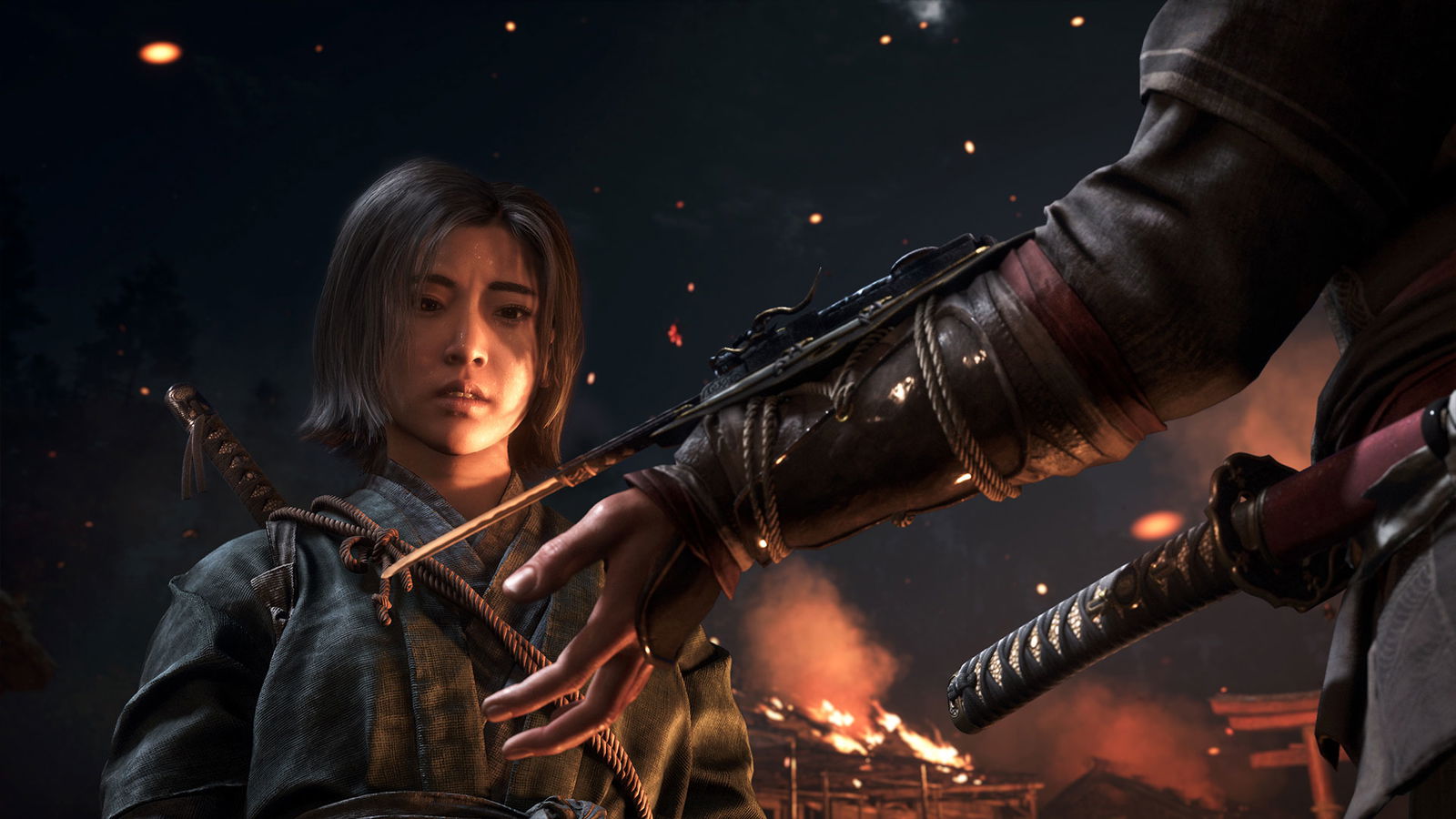
I won’t delve into the various issues people have raised about the game before its launch, as I prefer not to comment on cultural debates or character choices. It’s a fictional story, and the development team is entitled to approach the narrative as they see fit. Based on my time with the game, everything feels fitting, and the choice of characters aligns well with the story they’re trying to tell.
It’s encouraging to see the studio experimenting with new ideas rather than simply rehashing past entries with a new coat of paint. The varied playstyles bring a sense of freshness to the gameplay and provide options for how players approach missions. This also reduces the reliance on stealth-focused missions, offering more flexibility in how you play.
That said, there are areas I hope to see polished before launch, as some elements currently feel rough. The animation and fidelity of cutscenes are consistent with what we’ve seen in previous entries, but given the overall graphical quality, the occasional awkward movements and odd animations feel dated. These moments detract from otherwise well-crafted scenes and solid execution. Fortunately, this issue isn’t present during actual gameplay, so I’m optimistic it will be resolved before release.
Since I was playing a pre-release version of the game, I encountered a few bugs and minor issues with traversal and combat flow. However, this is to be expected with an unfinished game. What’s most important is that the core mechanics feel solid in Assassin’s Creed Shadows—something Ubisoft has clearly nailed.
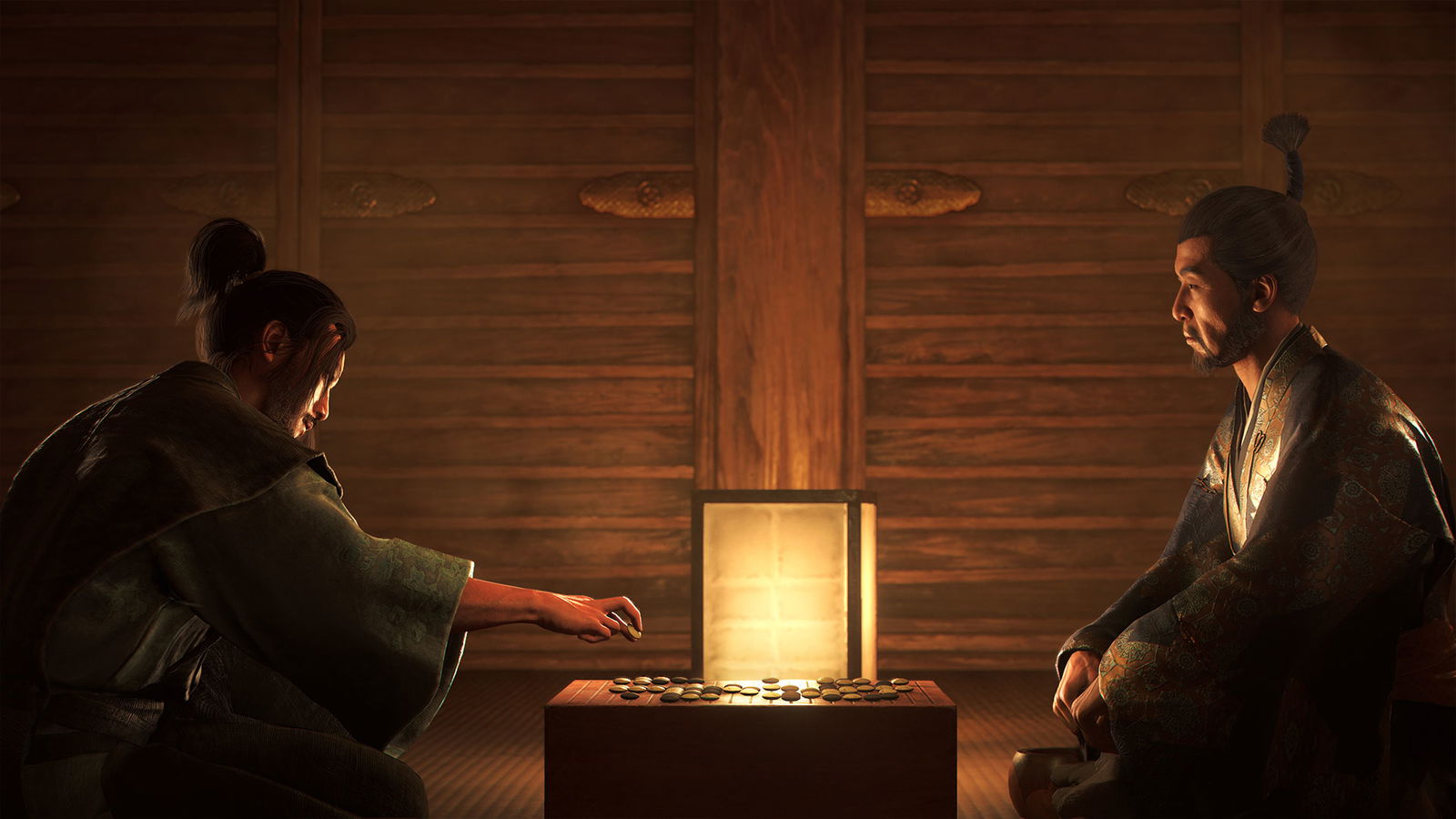
The Assassin’s Creed series is known for its moment-to-moment gameplay and strong focus on action, and Assassin’s Creed Shadows delivers this in spades. It was incredibly fun to step into the shoes of both Naoe and Yasuke, each offering their own playstyle and approach to missions.
‘What’s most important is that the core mechanics feel solid in Assassin’s Creed Shadows—something Ubisoft has clearly nailed.”
The missions are as varied as we’ve come to expect from the franchise, ranging from standard fetch quests to assassination missions and tracking down an informant hiding in a gambling den. They stay true to the franchise’s roots while fully leveraging the setting. During my time with the game, I never felt bored or that any section was dragging. Shadows maintains enough variety to hold your attention and drive you forward to the next objective, keeping things engaging throughout.
Assassin’s Creed Shadows feels like a solid instalment in a series I personally love. With new features and concepts, it seems poised to deliver on the promise the setting deserves. There are fresh ideas at play that diverge from what we’ve seen previously, but they work seamlessly. Once everything came together, I was genuinely impressed by how enjoyable switching roles and exploring this new setting could be.
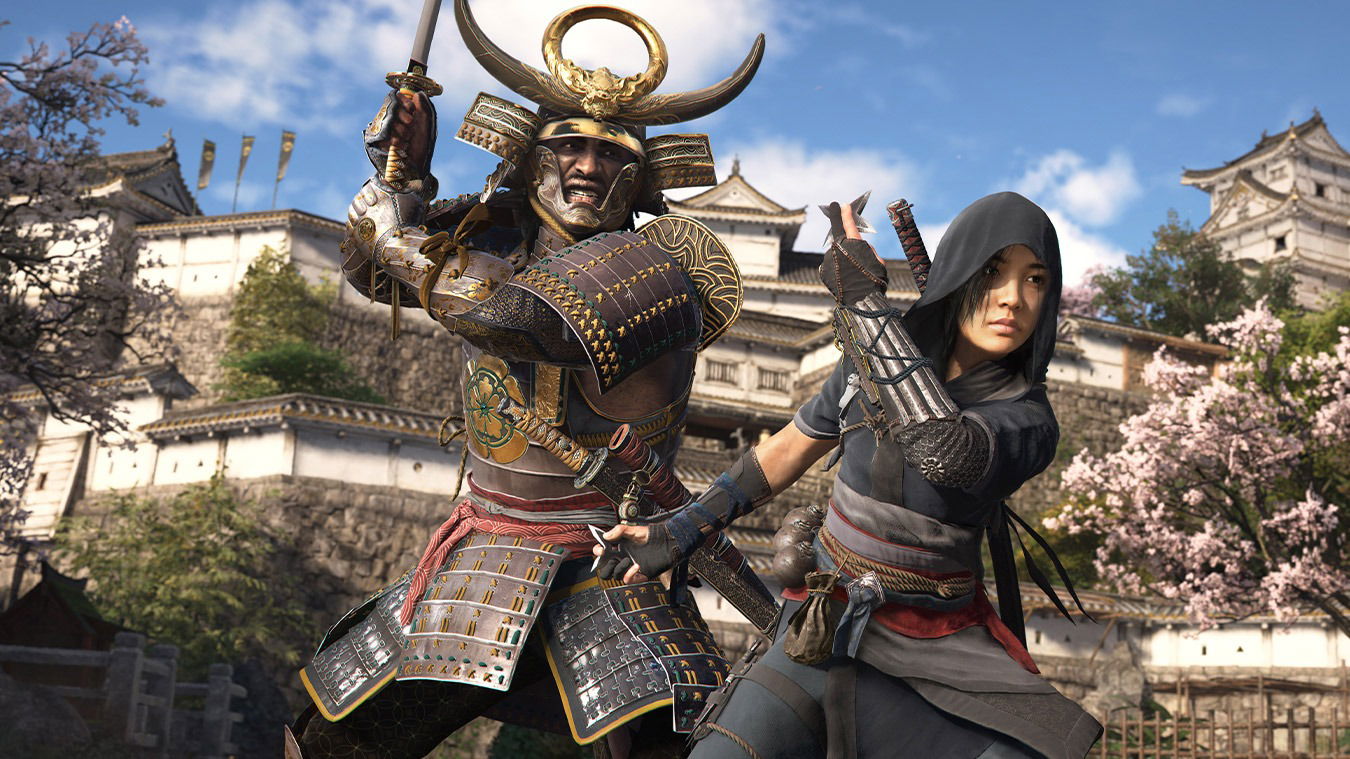
Ubisoft delayed the title to add an extra layer of polish to the experience, and I’m glad they did. Assassin’s Creed Shadows is shaping up to be a must-play for fans of the franchise and feels like one of the most accessible entries to date. Slated for launch this March on Xbox Series X, PS5 and PC, Assassin’s Creed Shadows is a title I can’t wait to dive back into.
